


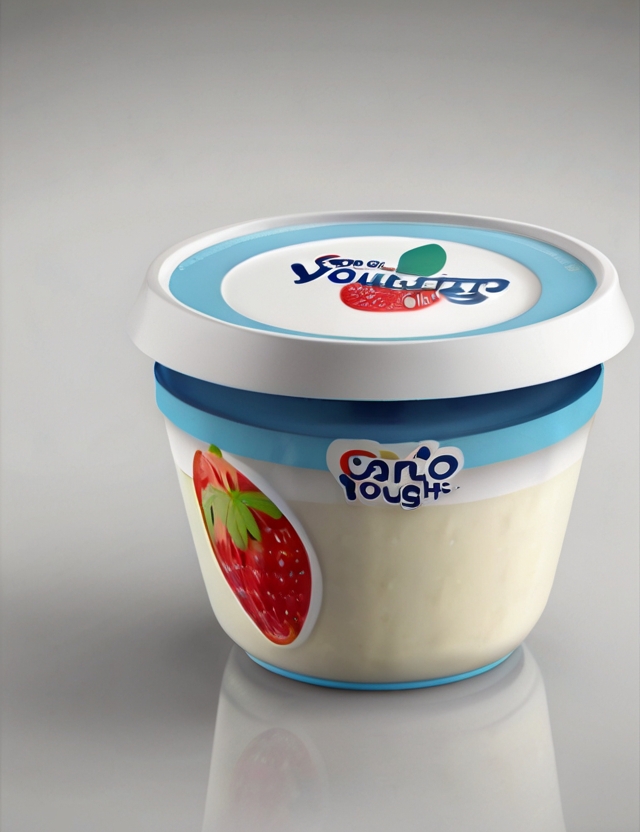
In the modern world, where convenience and environmental protection play an important role, yogurt cartons have become an indispensable part of the food packaging sector. With a simple but creative design, yogurt cartons not only play a role in preserving the product but are also environmentally friendly. Join us to discover interesting things about yogurt paper boxes in this article.
In the modern world, where convenience and environmental protection play an important role, yogurt cartons have become an indispensable part of the food packaging sector. With a simple but creative design, yogurt cartons not only play a role in preserving the product but are also environmentally friendly. Join us to discover interesting things about yogurt paper boxes in this article.
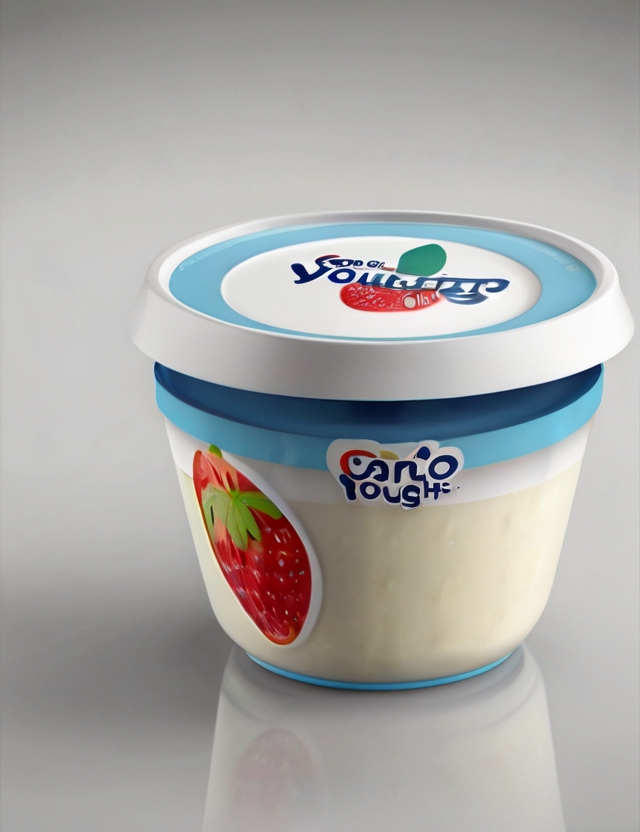
Yogurt paper boxes, also known as carton boxes, are packaging made from paper or similar materials, specially designed to package and preserve yogurt and other dairy products.
The origins of yogurt cartons can be traced back to the early 20th century, when dairy manufacturers sought a convenient and safe packaging solution to transport products to consumers. Paper boxes were first used to package fresh milk, but were quickly applied to yogurt and other dairy products.
Yogurt cartons are usually rectangular or square, with a lid designed to easily open and close. The structure of a yogurt box includes the following layers:
The main components of yogurt paper boxes include paper, plastic, aluminum and some other additives to enhance preservation and durability.
Yogurt paper boxes come in many different sizes, from small boxes with a capacity of 100ml to large boxes with a capacity of 1 liter or more. Box size depends on usage needs and volume of products to be packaged.
Small capacity yogurt containers (100ml - 250ml) are often used for drinking yogurt or instant yogurt. They are very convenient for people on the go or to take to work or study.
Large capacity yogurt containers (500ml - 1 liter) are suitable for home use or small businesses. They help save on packaging costs and are easy to preserve.
In addition to traditional rectangles and squares, yogurt cartons can also have other shapes such as round, oval or cube to create emphasis and differentiation in the market.
Rectangular shape is the most popular form of yogurt cartons, making them easy to stack and transport.
Round or oval shapes create a breakthrough in design, helping the product stand out more on the shelf.

Paper is the main ingredient in the production of yogurt boxes. Commonly used paper types include:
Carton paper is a special type of paper, produced from recycled pulp or virgin pulp. Cardboard paper has high hardness and durability, suitable for making yogurt containers.
Kraft paper is a special type of paper made from wood pulp, with high durability and good bearing capacity. Kraft paper is often used as the outer layer of paper boxes to enhance stiffness.
The aluminum layer is an important part of the structure of the yogurt box. It helps prevent light and air penetration, thereby protecting the product from oxidation and deterioration.
Plastics such as polyethylene (PE) or polypropylene (PP) can also be used in the production of yogurt boxes. The plastic layer enhances the anti-push ability and keeps the box clean.
The production process of paper yogurt boxes begins with the preparation of the necessary materials, including carton paper, kraft paper, aluminum layer and plastic layer.
Before production, materials are thoroughly tested to ensure they meet quality standards and meet requirements for durability, preservation properties and food safety.
The ingredients are processed and prepared according to separate processes. Cardboard and kraft paper are cut to the required size, aluminum and plastic layers are thinned and shaped accordingly.
After the ingredients are prepared, the production process of yogurt boxes takes place through the following main steps:
The layers of paper, aluminum and plastic are joined together through a hot stamping process. High temperature and pressure help tightly bond the material layers, forming a flat sheet.
The flat sheet is cut and bent according to a predetermined box shape. Folds and pleats are created to form the box.
Once crimped, the edges of the box are glued and folded to form the final shape. The canning process must ensure the tightness and sturdiness of the box.
Before packaging, yogurt cartons are quality checked again to detect any defects. They are then packaged into batches to prepare them for shipping and distribution.
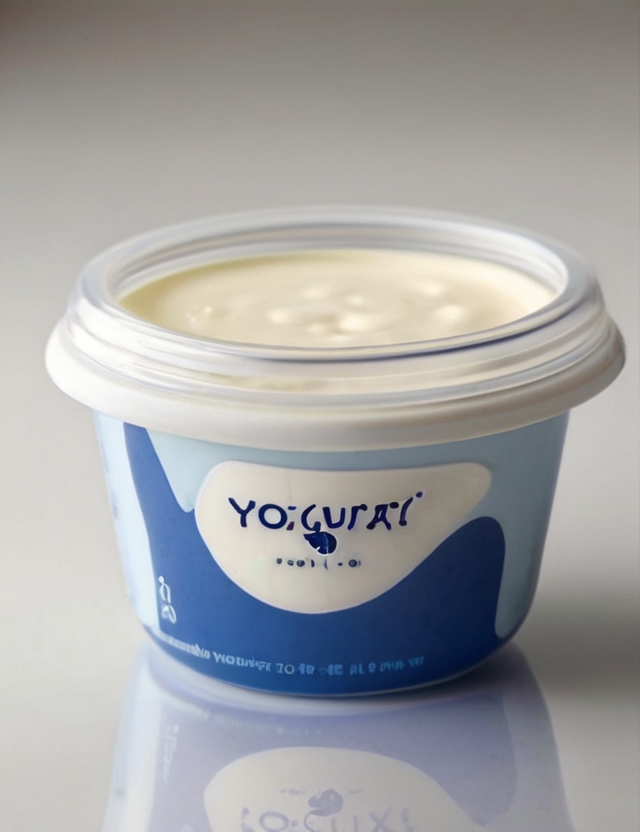
Thanks to its multi-layer structure with aluminum and plastic layers, yogurt cartons have good preservation ability, preventing the penetration of oxygen, light and other damaging agents.
With good preservation ability, yogurt cartons help extend the shelf life of the product, ensuring quality and food hygiene and safety.
Thanks to its preservation ability, yogurt cartons help reduce product damage and waste, contributing to cost savings and environmental protection.
One of the outstanding advantages of yogurt paper boxes is their environmental friendliness.
Most of the components of yogurt cartons, including paper, aluminum and plastic, are recyclable. This helps reduce waste and contributes to environmental protection.
Many manufacturers use recycled paper or other renewable materials in the production of yogurt cartons, helping to reduce resource consumption and protect the environment.
Yogurt paper boxes are designed to be simple and convenient, helping users easily open and close the lid and take out the product to use.
With its compact size, yogurt paper boxes are very convenient to carry, especially on picnics or work trips.
The process of packaging products into yogurt cartons is quick and easy, saving time and effort.
Yogurt paper boxes are light in weight and flat in shape, making them easy to stack and transport, saving space and costs.
Although there are many advantages, yogurt cartons still have some disadvantages that need to be noted.
Although there are layers of aluminum and plastic that help preserve well, paper yogurt boxes still have limited preservation ability compared to other types of packaging such as plastic boxes or metal cans.
The shelf life of products in yogurt cartons is usually shorter than other types of packaging, especially for products with a long shelf life.
Yogurt paper boxes can be damaged when subjected to strong impacts during transportation or use, leading to product leakage or damage.
The process of producing paper yogurt boxes is complex, requiring many steps and special equipment, leading to higher production costs compared to some other types of packaging.
Yogurt cartons are difficult to reuse after the product has been opened and used, which can lead to waste if not handled properly.
To meet the increasing needs of consumers and protect the environment, paper yogurt boxes are having many new development trends.
Many manufacturers are switching to using more environmentally friendly materials in the production of yogurt cartons, such as recycled paper, bioplastics or aluminum from recycled sources.
More and more manufacturers are using paper from sustainable sources, such as planted forests, to minimize their environmental impact.
Bioplastics, produced from renewable resources such as starch or sugar, are becoming more popular in the production of yogurt cartons, helping to reduce carbon emissions.
Manufacturers are also focusing on improving the design and features of yogurt cartons to enhance user experience and storage capabilities.
New designs aim to create yogurt cartons that are easier to open, easier to close and easier to use, especially for the elderly and children.
New technologies are being researched to improve the preservation of yogurt cartons, helping to extend product shelf life and reduce waste.
Many efforts are being made to increase the recyclability of yogurt cartons, including using more easily recyclable materials and improving the recycling process.
Some new designs allow for easy separation of different material layers of yogurt cartons, helping to increase recyclability.
Recycling systems are being improved to more effectively process yogurt cartons after use, minimizing the amount of waste going to landfill.
Yogurt paper boxes are not only used for packaging yogurt but also have many other common applications in the field of food and beverage packaging.
Before being used for yogurt, carton boxes were widely used to package fresh milk. Good preservation ability and convenience in transportation have made paper boxes the top choice for dairy manufacturers.
Fruit juices are also often packaged in carton boxes. Paper boxes help preserve the fresh color and flavor of the juice, while also making it easy to transport and use.
In addition to milk and juice, cardboard boxes are also used to package soups, sauces, and other liquid products. The heat resistance and good preservation of paper boxes make it an ideal choice.
In some cases, cardboard boxes are also used to package frozen foods such as vegetables, meat, and seafood. Aluminum and plastic layers help prevent evaporation and absorb odors from the outside environment.
Cardboard boxes are also used to package dry foods such as cereals, flour, and snacks. The ability of paper boxes to keep dry and well preserved helps products always maintain freshness and quality.
To ensure consumer safety and environmental protection, yogurt cartons must meet strict quality standards.
Food safety standards are the most important factor for yogurt boxes. These standards ensure that the materials used in the manufacture of boxes are not harmful to human health when in contact with food.
Toxic substances such as lead, mercury, and halogen compounds must be minimized or completely eliminated during the manufacturing process.
Yogurt paper boxes must be waterproof and resistant to oxidation to protect the product from damage or structural changes.
Ngoài tiêu chuẩn an toàn thực phẩm, hộp giấy đựng sữa chua cũng phải tuân thủ các tiêu chuẩn môi trường nghiêm ngặt để giảm thiểu tác động đến môi trường.
Manufacturers must use environmentally friendly materials, such as recycled paper or bioplastics, to minimize carbon emissions and environmental impact.
Yogurt cartons must be highly recyclable, with components that can be easily separated and recycled to minimize waste.
Besides safety and environmental standards, yogurt cartons must also meet technical standards such as:
These standards help ensure product quality, user experience, and shipping and storage efficiency.
Address providing reputable yogurt paper boxes
Large paper box manufacturing companies often provide professional packaging solutions, including yogurt boxes with high quality and mass production capabilities.
Tetra Pak is one of the world's leading carton box manufacturers, providing packaging solutions for many famous dairy and beverage brands.
SIG Combibloc is another large carton box manufacturing company, specializing in providing yogurt and beverage cartons with innovative designs and modern technology.
In addition to large companies, there are also many smaller paper box suppliers, serving the needs of local or retail businesses.
Local packaging companies often provide on-demand packaging and printing services for yogurt boxes, suitable for small and medium-sized businesses.
With the development of e-commerce, many paper box suppliers have expanded their online operations, allowing customers to order and receive goods easily.
When choosing a yogurt carton supplier, it is important to consider factors such as product quality, reliability, price, delivery time and customer support.
Yogurt paper boxes have become an indispensable part in the food packaging field. With good preservation ability, environmental friendliness, and convenience, yogurt cartons are the top choice for manufacturers and consumers.
The process of producing paper yogurt boxes is complex, requiring a combination of modern technology and attention to quality. Compliance with food safety, environmental and technical standards is important to ensure product quality and protect consumer health.
Although there are some disadvantages such as limited storage capacity and high production costs, with improvements in design, features and use of environmentally friendly materials, yogurt cartons are becoming increasingly popular. becomes even more perfect.
In the future, yogurt cartons will continue to develop and play an important role in packaging and preserving dairy products, meeting consumer needs and contributing to protecting the green environment.
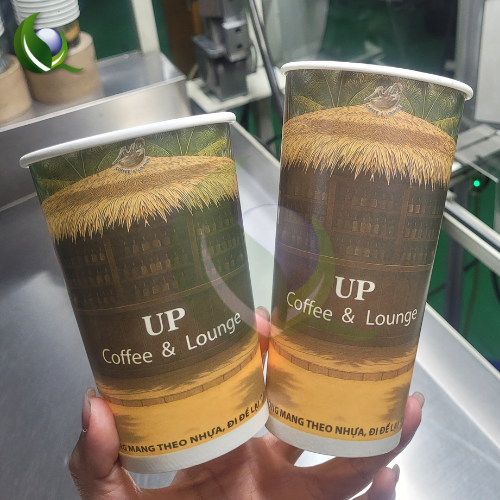
Switching from plastic to paper cups is a smart investment strategy that helps F&B businesses not only optimize operational costs but also build a sustainable brand image and attract a large customer base that values environmental responsibility. This is no longer just an option—it’s a strategic move to assert market position and increase competitiveness in an increasingly demanding landscape.
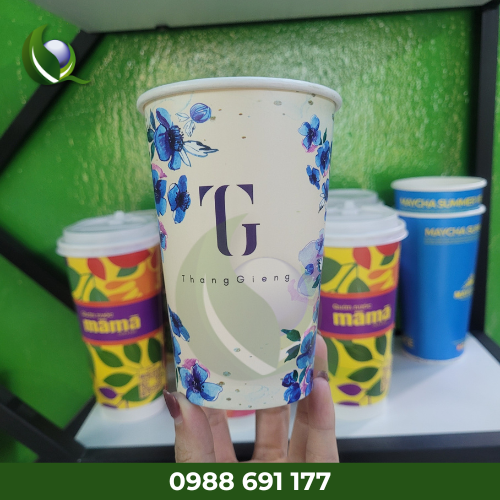
Paper cups and the shift in Vietnamese consumer habits are shaping a greener future—one where every small choice contributes significantly to the environment and public health, while also unlocking golden opportunities for F&B businesses. At Ly Giấy Việt Nam, we see this transition as an inevitable wave, offering an optimal solution for both consumers and brands aiming for sustainable...
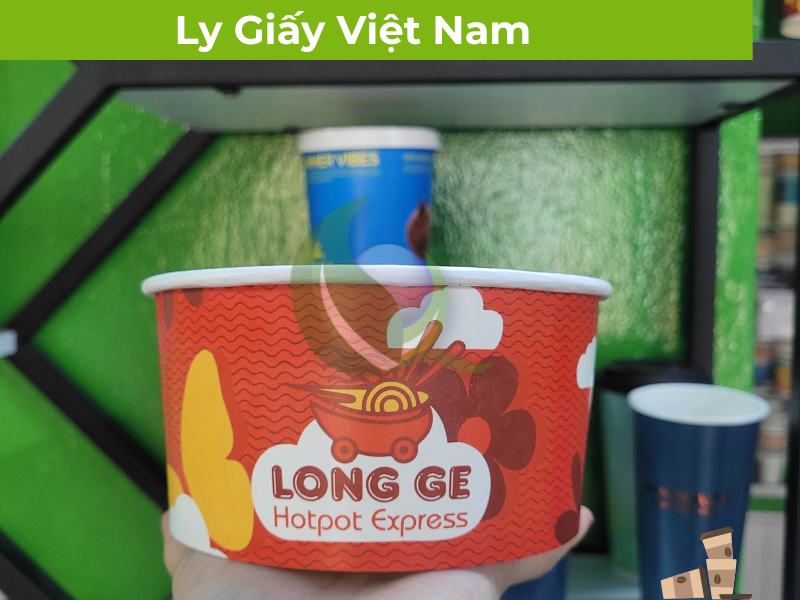
Paper Bowls: The Ideal Solution for Hot Dishes Like Pho, Noodle Soup, and Broth More than just a packaging trend, paper bowls are a strategic decision that enhances customer experience and strengthens brand value in the highly competitive food delivery market. Ly Giay Vietnam is proud to offer high-quality paper bowl products that fully meet the criteria of safety, aesthetics, and business...
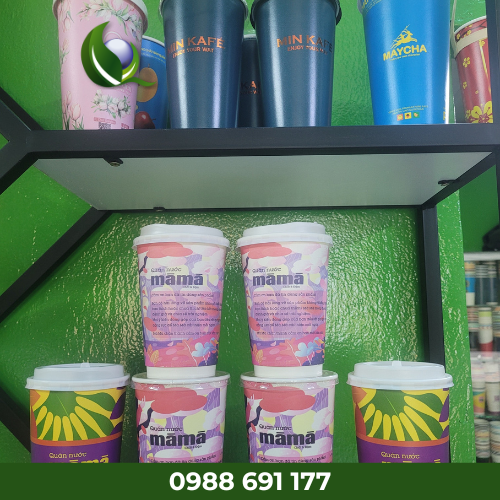
The trend of using paper cups in the F&B (Food & Beverage) industry is not just a temporary trend but has become a green revolution, reshaping the entire appearance of the modern food and beverage industry.
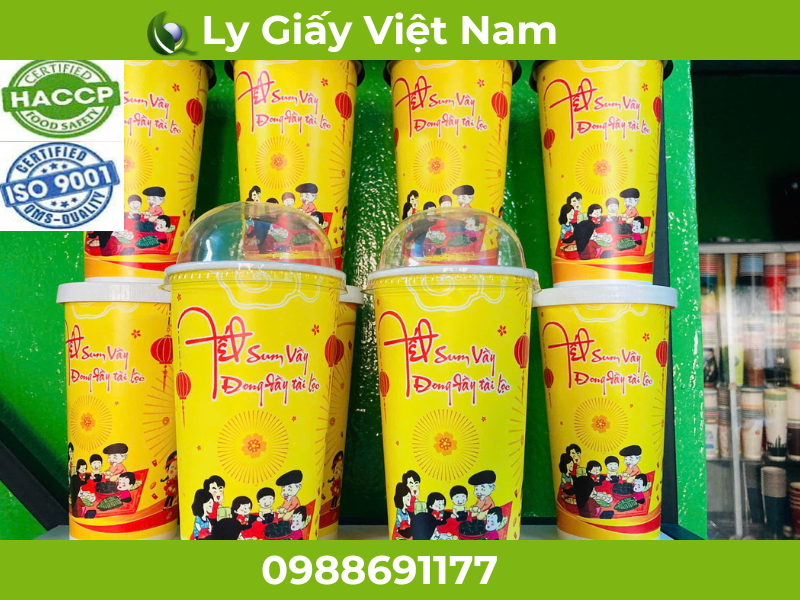
The process of producing paper cups that meet food safety standards is a series of complex stages, requiring precision and strict compliance with food safety regulations
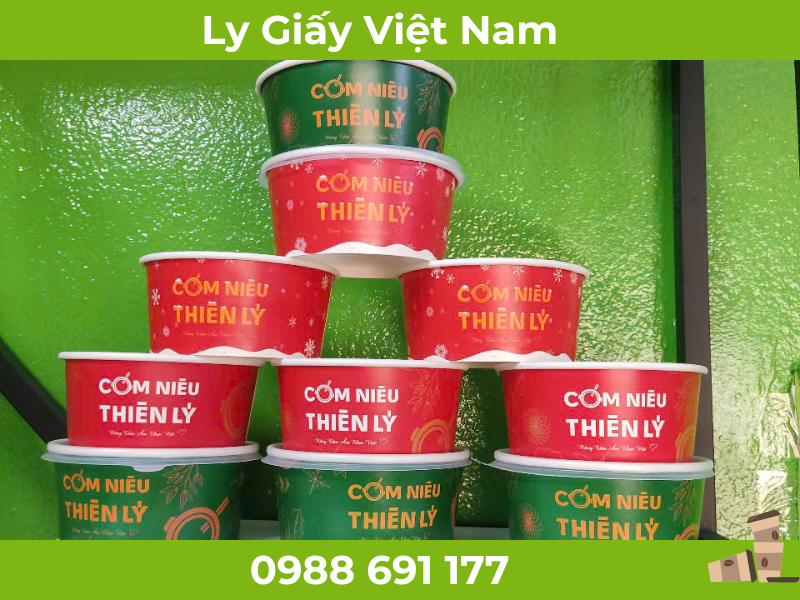
How to attract customers with beautiful packaging is a very important topic in building and developing a brand.
Comment & review